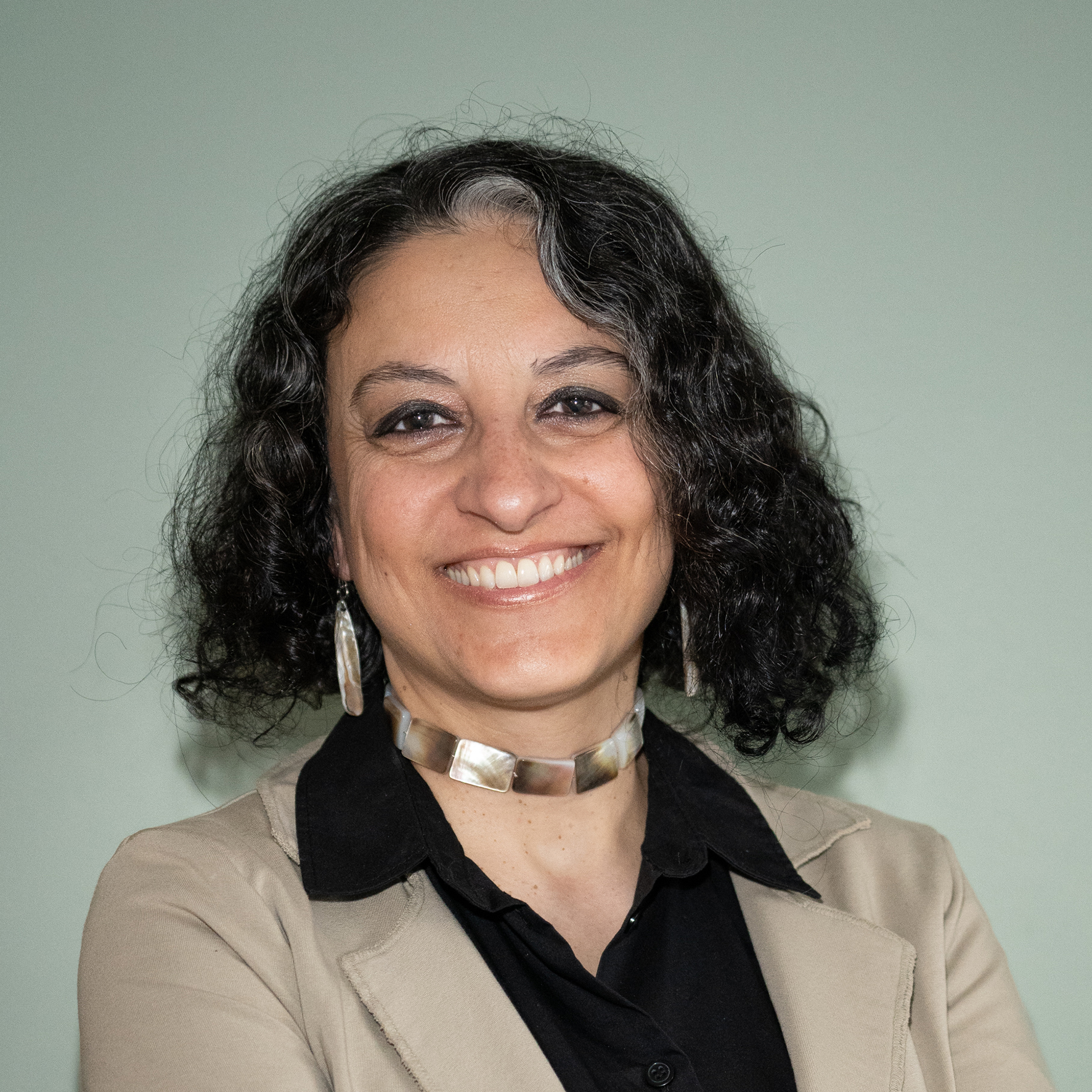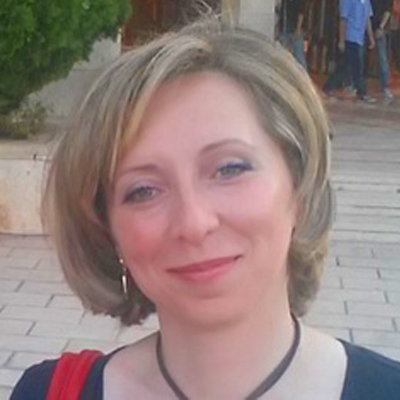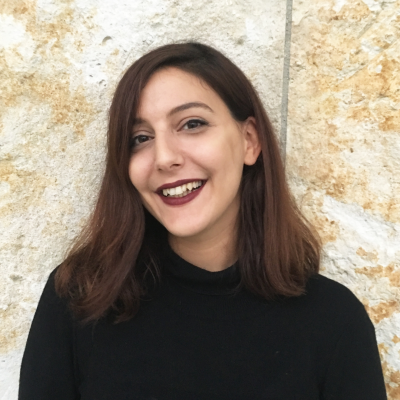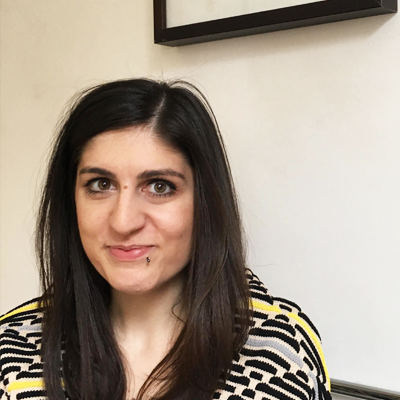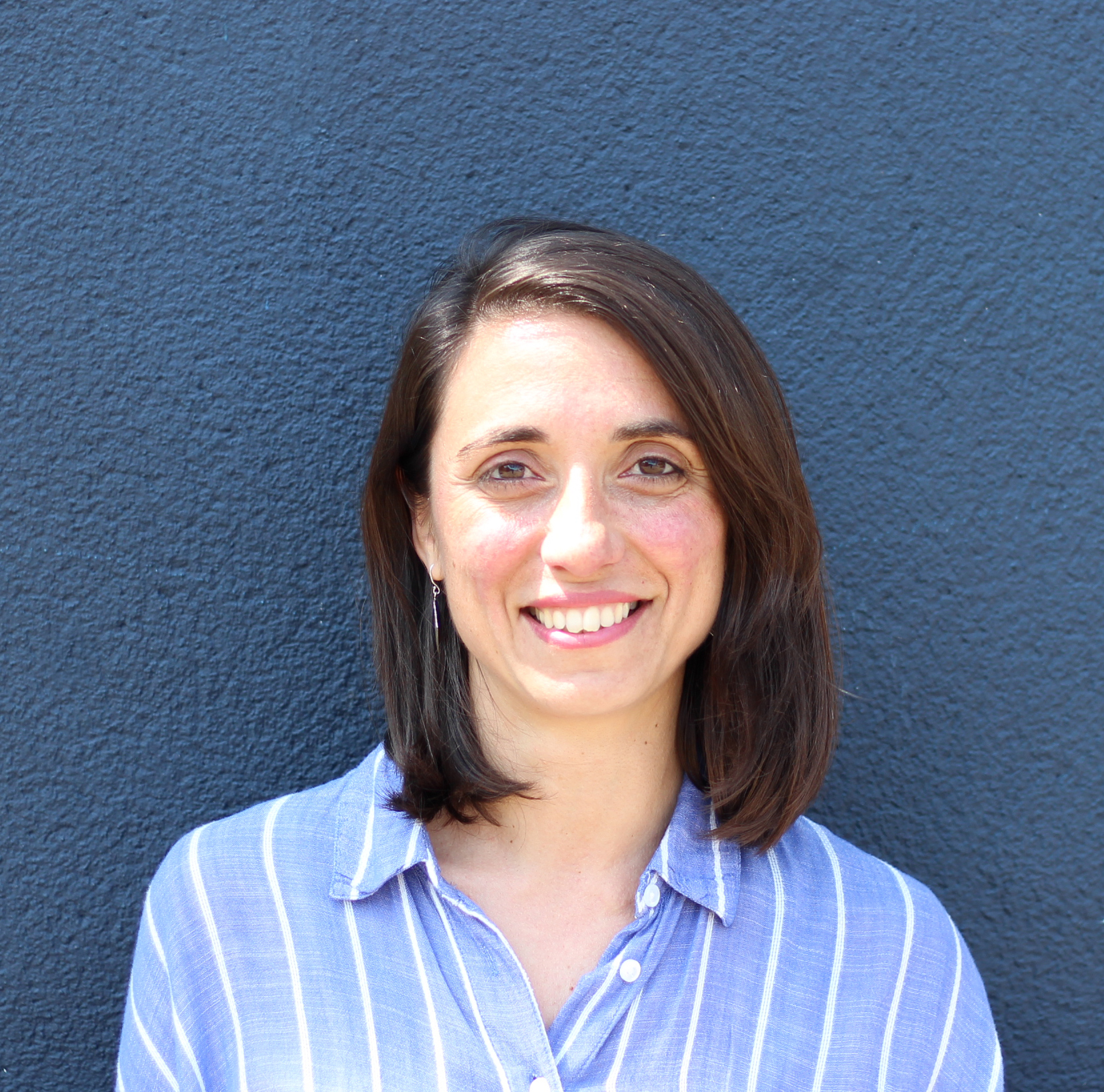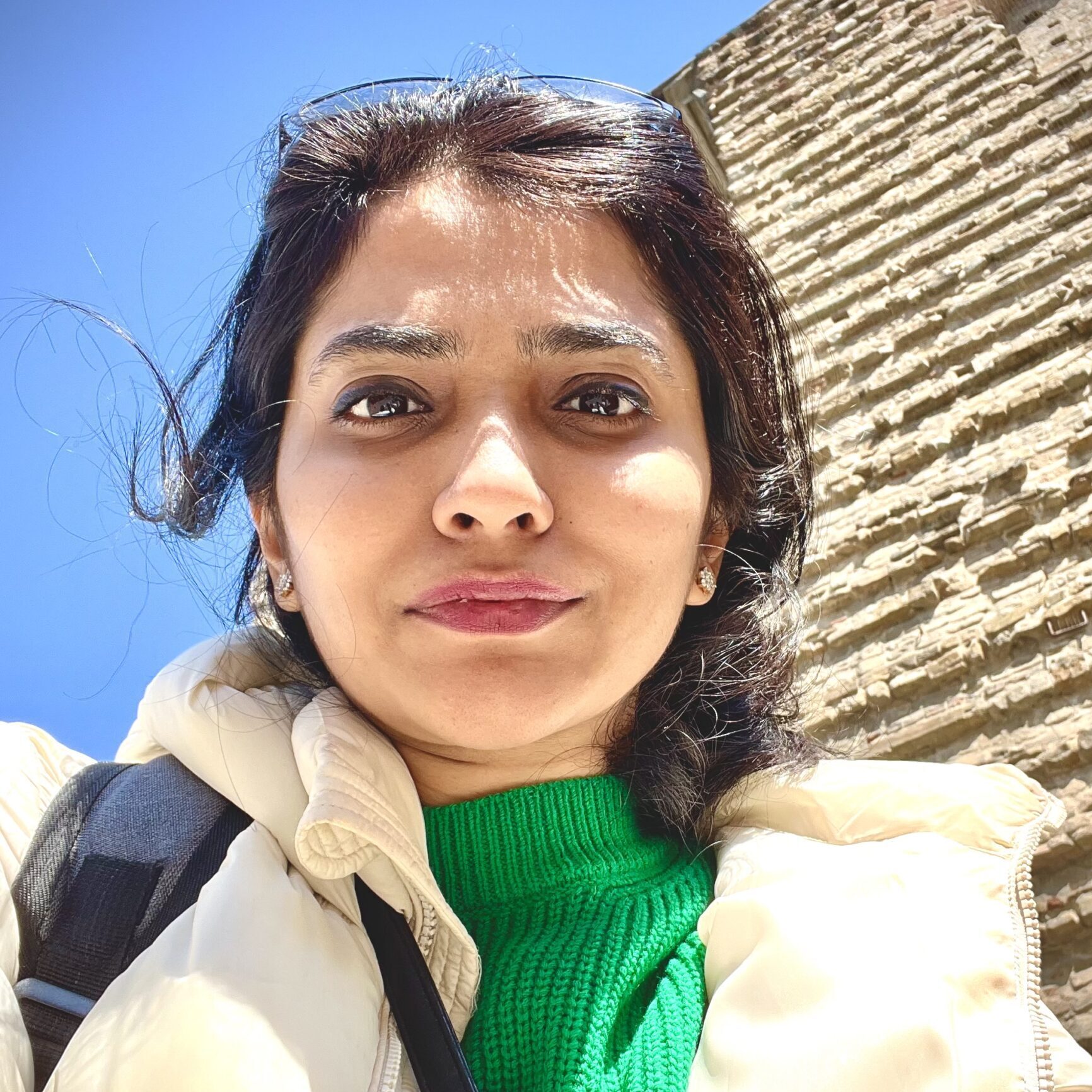Development of pedagogic material for AKTC
The ongoing collaboration between ArCHIAM and the Aga Khan Trust for Culture Education Programme consists of three seasons of lectures prepared on the Architecture and Urban Planning of the Islamic World. The material presented in these lectures was collected from different archival sources, mainly the AKTC and related agencies of the Aga Khan Development Network (AKDN), as well as primary material held by the ArCHIAM Centre. The Aga Khan Documentation Centre, MIT Libraries, was another key archival source, as was the open access resource, Archnet.org.
About the project
Season 1
The first series of lectures aims to present a comparative picture of urban and architectural form across the vast geographical region commonly referred to as the Islamic World. Examples from both the so-called ‘high’ and ‘peripheral’ Islamic traditions are presented in the lectures, aiming at providing a thorough understanding of both the distinctiveness and diversity of outlying cultures and their established architectural practices. Alongside examples drawn from the great centres of Islamic culture, such as Aleppo, Cairo, Delhi, Herat and Isfahan, various sites from Oman in the Arabian Peninsula are presented here to highlight the richness of Islamic architecture and urbanism. Notions of integrated restoration and rehabilitation, which bring together preservation and developmental concerns, as well as community engagement are addressed in these lectures.
Consisting of eight lectures, the series begins with an overview of the Great Urban Centres of the Islamic World from macro to detail scale and explores the cultural and social interactions that shaped them by looking into urban settings as ports and centres of exchange. Prominent features of Islamic architecture, the religious and defensive buildings and urban configurations are being analysed in two respective lectures, while the aesthetic qualities of Islamic architectural expression, materiality, ornamentation and light are showcased through a variety of case studies around the Islamic World. The series concludes with three lectures on urban regeneration, conservation and adaptive reuse of historic buildings and sites as a response to the human need for continuity and change in the built environment, along with the role of the local community in this process.
This series is accompanied by a sourcebook, which provides expanded bibliographical sources and photographic material of built examples that add on to the knowledge gained through the lectures.
Related publications
Key people
Season 2
The architectural and urban contributions of the Deccan Sultanates of India remain relatively unknown, beyond a handful of well-publicised monuments. The Deccan Plateau, lying south of the central Indian mountain range, occupies a significant part of the triangle-shaped peninsular Indian landmass. Islamic cultural and architectural influence extended into the region from the late-thirteenth century CE onwards, which reached its apogee during the rule of the five Deccan Sultanates – Ahmadnagar, Bijapur, Berar, Bidar and Golconda – during the late-fifteenth to the late-seventeenth centuries CE. In an attempt to bring this distinctive late-mediaeval Islamic period architecture into sharper focus, this series of lectures draws on both existing scholarship as well as new research undertaken in Bijapur.
Consisting of eight lectures, the series begins with an overview of the evolution of Indo-Islamic architecture and the manner in which the newly introduced social, cultural, and political ideals and religious beliefs and the existing Indian traditions interacted and shaped the architectural style. The architecture of the Deccan Sultanates is covered in the next three lectures, with special attention given to the fortified city of Bijapur. Fieldwork documentation in the suburbs of Bijapur introduces new material on markets and caravanserais, mosques and madrasas, and mausoleums and cemeteries that once existed there. The lectures also discuss Islamic influence that penetrated beyond the Deccan Plateau deep into South India, complemented by influences introduced through maritime trade links with both Southeast Asia and Arabia into Tamil Nadu (Arcot; Coromandel coast) and Kerala (Kozhikode; Malabar coast). To complete the picture, the lectures finally discuss the syncretic architecture of the riverine island, Srirangapatna, the capital of Mysore during the late-eighteenth century CE rule of Hyder Ali and Tipu Sultan.
Season 3
This six months-long project marks the third season of collaboration between ArCHIAM and AKTC for the development of online pedagogic material on Architecture and Urbanism in the Islamic World. ArCHIAM will produce accessible recorded versions on Architecture and Urban Forms in the Islamic World and a sourcebook on the Architecture and Urban Development of the Deccan Sultanates.
The material will be of value to a wide spectrum of learners from university entrants to graduates to postgraduates, as well as advanced researchers. The dissemination component will be focusing on distribution of learning material through a wide-ranging academic and popular media. Six lectures will be transferred into an online format through bite-size recorded lectures, making the entire series more readily accessible for online teaching and learning. The recordings will be made using the online teaching development facilities available at the University of Liverpool and will be a pilot module offered online through the University of Liverpool.













